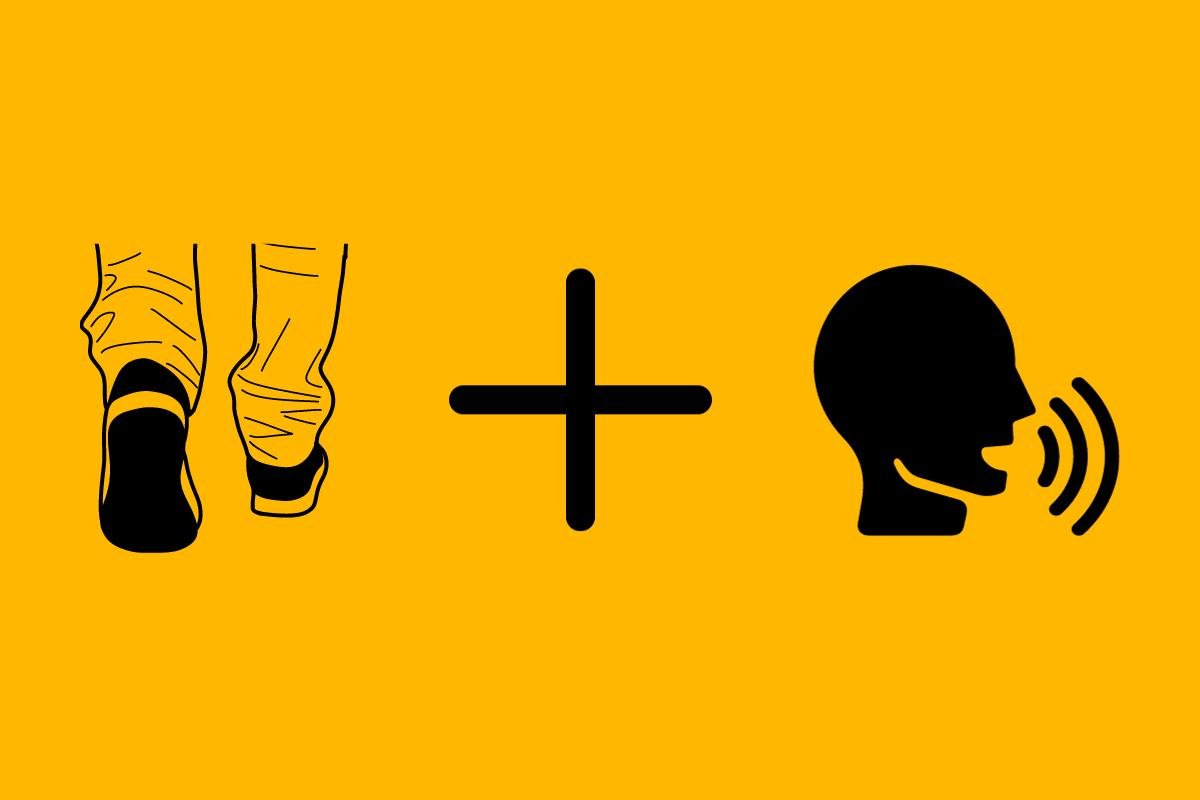Answering questions while walking: multi-domain assessment to clear athletes & cadets for return-to-play
By Aamy Woldesenbet. This article was initially published in our Concussion Update newsletter; please consider subscribing.
A recent literature review conducted by Danielle DuPlessis et al. investigated the use of multi-domain assessments in tracking the recovery from concussion in both sports-related and military contexts. The study, published in Physical Therapy in Sport, found a strong preference for dual-task assessments, specifically, combinations of walking on a level surface while the participant answered questions.
Concussions are a significant public health issue, with approximately 224 of every 100,000 individuals experiencing them annually, often while playing sports. As a result, the monitoring of post-concussion recovery is of paramount importance, especially for athletes, as this can reduce the risks associated with premature return to play––including longer recovery times, “more severe brain injury, and in rare cases, death.” Understanding the significance of this issue, the scientists hoped to develop evidence-based and ecologically valid (relevant in the real world) return-to-play (RTP) protocols by identifying and “examining multi-domain paradigms” currently utilized for assessing recovery in youth and adults post-concussion.
To achieve this goal, the researchers conducted a comprehensive search of databases over two decades, filtering peer-reviewed journal publications written in English. This process led to the analysis of 64 articles that included 36 different multi-domain assessment paradigms, which were applied to a total of 1938 participants who had sustained concussions.
The authors focused on multi-domain assessments due to previous research findings that using single tasks to assess post-concussion misses subtle lingering deficits that put the athlete at risk once they’ve returned to sport. Specifically, “multiple aspects of gait are affected between 11 and 90 days post-concussion, often after overt acute post-concussion symptoms have resolved.” The more complex the cognitive task being performed, the more it affects the athlete's gait. Since sports generally involve concurrent cognitive demands, the athlete may be at risk when single-task assessments have cleared them to return to play.
In this study, the assessment paradigms incorporated a wide range of tasks, including 13 physical, 17 cognitive, and one socio-emotional, to evaluate the subjects’ recovery stages. The research team concluded that “a strong preference emerged for dual task paradigms,” mostly coupling level walking with Q&A cognitive tasks, thus “requiring participants to answer questions aloud during a physical task.”
Though seemingly promising, these assessments are challenging to apply due to administration and scoring complexities and the possibility of not taxing the athletes to the degree that all deficits are uncovered.
The review emphasizes the need for future research to strike a balance between ecological validity (whether a study’s variables and conclusions are relevant to its population) and clinical feasibility in multi-domain assessments. Until then, first responders and healthcare providers must strike the delicate balance between the quality and practicality of assessments to ensure the health and safety of individuals recovering from concussions.

